‘We need this influx’: Regional towns beg for more migrants — and more houses for them to live in
As Australia’s capitals burst at the seams, these towns are begging for more immigrants to fill well-paying jobs. But there’s a “Catch-22” — and it might surprise you.
Economy
Don't miss out on the headlines from Economy. Followed categories will be added to My News.
As Australia’s capitals are squeezed by record population growth, regional towns and cities across the country have one message — bring them here.
For years regional leaders have pleaded for more migration, not less, as small towns slowly die and tens of thousands of jobs go unfilled, from baristas, hair dressers and nail salon workers to tradies, office professionals and fruit pickers.
“Regional towns will die if we don’t get immigration right,” Port Hedland Mayor Peter Carter said.
“I know people sometimes say we should stop immigration, I understand that. I understand people in Sydney, Melbourne, Adelaide are upset, they can’t get a house and so forth, but in regional Australia, so many businesses out here can’t get staff.”
Port Hedland, 1600 kilometres north of Perth in Western Australia’s Pilbara region, has a population of around 15,000, but Mr Carter said towns like his need to be “100,000-plus”.
“It doesn’t matter what incentives you give to Australians, they’re not going to move to regions,” he said.
“You can offer $5000, free cars — people who live in the city would never go live in Bendigo or Ballarat, it’s not going to happen. Why would they? They like the lifestyle, you’ll never change that. People come from all over the world and live here, they want to work. It’s not taking jobs away from other Australians because they don’t want to live here anyway.”
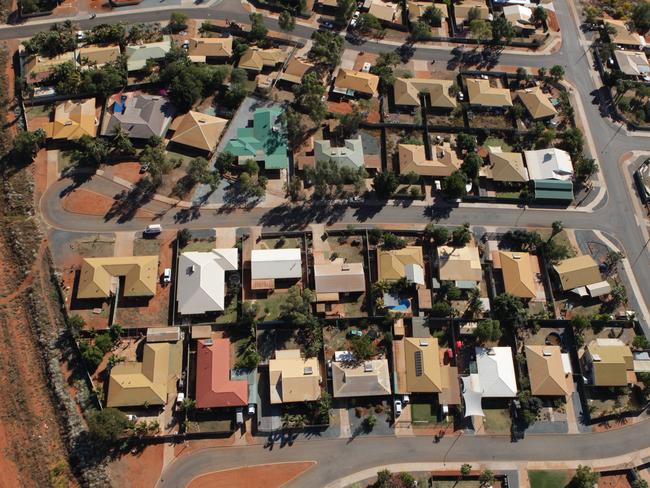
MORE: Where the population has boomed most and why
There were 65,000 job vacancies outside of the five major capitals Australia in February, according to the Regional Australia Institute — but this figure is mostly for skilled roles and does not account for the increasing demand for unskilled and seasonal workers.
The top three occupations for vacancies were professionals (26 per cent), technicians and trade workers (17 per cent) and clerical and administrative workers (13 per cent).
“In Broome they were advertising for a barista for $100,000 a year,” Mr Carter said. “That’s why your coffee costs you $8.”
Mr Carter is chair of Regional Capitals Australia (RCA), a peak body formed in 2012 to represent 51 regional hubs including Geelong, Wagga Wagga and Townsville.
In February, RCA sent a delegation to Canberra to meet with federal ministers and shadow ministers for regional development, infrastructure, housing, water and immigration.
RCA is calling for urgent reforms to immigration settings to better funnel new arrivals to regional areas — along with billions of dollars in funding for infrastructure and community support to accommodate the influx.
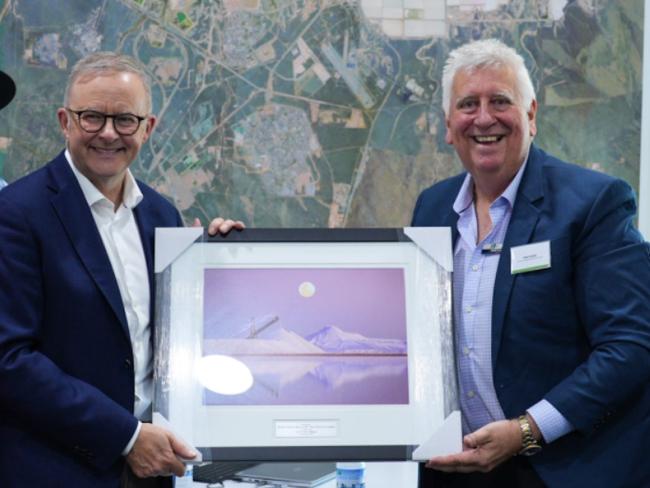
MORE: Huge prediction for Aussie house prices
As of 2023, less than 17 per cent of net overseas migration went to regional areas.
That represented 73,000 new arrivals in the 2023 financial year, resulting in combined regional population growth of 1.4 per cent — the fastest rate since 2009.
Covid, too, saw an estimated 200 per cent increase in net migration from capital cities to regional areas. In 2020-21, regional areas grew at a faster rate than capital cities for the first time since the early ‘90s.
RCA said the growth is welcome, but it’s still not enough.
The body notes that every year regional capital cities generate $225 billion, or more than 16 per cent of national economic activity.
“If no action is taken to ensure a more balanced approach to population growth, the painful and costly impacts of congestion will once again be felt,” RCA said in a pre-election budget submission.
“Meeting the costs of pre-Covid metropolitan city growth was unsustainable. Infrastructure Australia put the cost of addressing the national infrastructure deficit anywhere between $450-$700 billion.”
According to Jobs and Skills Australia, 36 per cent of assessed occupations were in national shortage as of June 2024, with regions facing more pronounced shortages than cities. “Technicians and trades workers were affected, with 50 per cent of occupations in this category facing shortages,” RCA said.
“Overwhelmingly, councils identify a shortage of builders and tradespeople (87 per cent) as the most significant barrier to new housing, followed by the costs of enabling infrastructure (80 per cent), and state planning processes (60 per cent).”
Nearly three quarters of RCA’s members also reported that shortages of strategic and statutory planners and other positions necessary to plan and approve residential housing were adding to the delays.
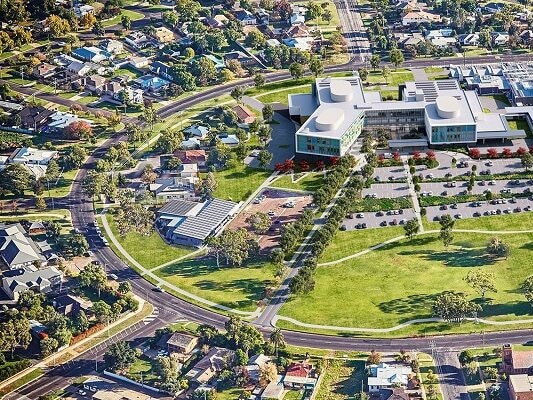
‘Red tape bullsh*t’
It’s something that has long been tried, but successive governments have found it notoriously difficult to convince large numbers of migrants to settle outside of the large population centres.
There are a range of regional work visas available for skilled migrants and their family members, in addition to visas for working holiday makers, Pacific seasonal workers under the Pacific Australia Labour Mobility (PALM) scheme, and temporary post-study work visas for graduates of regional institutions.
After three years living and working in specified regional areas, migrants can apply for a permanent skilled regional visa, which then allows them to work anywhere in the country.
In 2023-24, only 32,300 out of the 137,100 permanent visas issued under the skill stream were regional — a decline of nearly 5 per cent on the prior year.
Nationals from the top three countries accounted for more than half of all regional places, led by India (12,953), Nepal (3301) and Pakistan (2245).
The top three nominated occupations for primary applicants were accountants (2272), chefs (944) and industrial, mechanical and production engineers (809).
Mr Carter said the regional visa program is essential to “allowing local services to be delivered and ensuring regional economies remain robust and diverse”, but significant reforms are needed.
Most obviously, the definition of “regional” currently means literally the entire country outside of Sydney, Melbourne and Brisbane.
RCA has called for major cities like Adelaide, Canberra and Perth to be removed as so-called “category two designated regional areas”, since their inclusion means migrants “can largely access the same range of incentives available in smaller population category three areas, including regional visas and visa conditions, priority processing of regional visas, and an additional time in Australia for international university graduates”.

In addition, RCA would like to see the working holiday maker program expanded to include tourism, hospitality and health sectors across all regional areas.
And it wants the Designated Area Migration Agreement (DAMA) program to be simplified.
Under DAMA, states and territories or smaller regional authorities can enter into a formal arrangement with the federal government, under which sponsored employers can access greater numbers of overseas workers than the standard skilled migration program.
Visas issued to overseas workers under a DAMA generally last for five years and use the subclass 482 Skills in Demand (SID), subclass 494 Skilled Employer Sponsored Regional (Provisional), and subclass 186 Employer Nominated Scheme (ENS) visa programs.
But RCA argues the current DAMA system is too complex and not “fit for purpose”.
“The DAMA, it’s just red tape bullsh*t,” Mr Carter said.
“You could have a policy just for regional Australia, a bespoke model. WA has a DAMA for the whole state. People can go to Perth and get a DAMA. Try get someone to come work in the Pilbara [when they can work in Perth instead]. Let’s have bespoke visas for certain regions.”
Faster visa processing for family members of skilled workers should also be a priority, he added.
“They could go buy a house, bring their family, start a business,” Mr Carter said.
“We’re not saying send them to horrible places. People in cities keep to themselves, but in regional areas they become part of the community. They’ll embrace them, their kids will grow up and go to school together. Regional areas thrive on that, it grows our community. Places like Port Hedland, we’re very, very multicultural. We’ve got 40 different nationalities.”
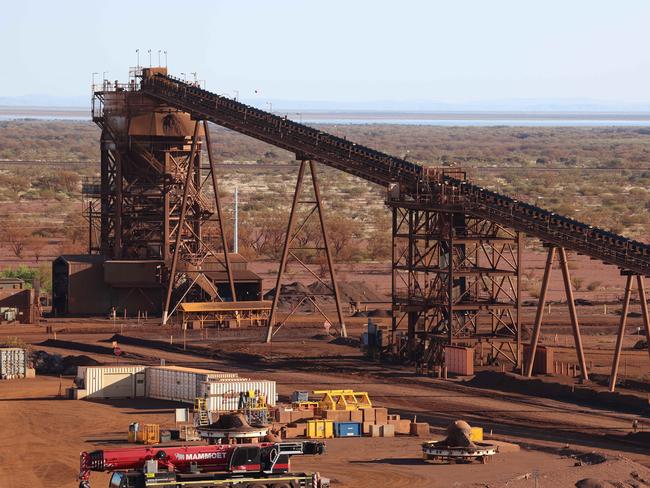
Housing ‘Catch-22’
In the Pilbara, the epicentre of Australia’s mining and natural resources industry, an investment pipeline of $177 billion worth of new projects by early next decade is expected to bring tens of thousands of workers.
“We need 60,000 workers in the next five years alone,” Mr Carter said.
“Plasterers, plumbers, bricklayers, carpenters, we need to have this influx of people now. Five per cent of Australia’s GDP comes out of Port Hedland, $400 million a day in revenue. It’s Australia’s Fort Knox. We’ve got billions coming in green renewable investments. We’re going to need workers to build infrastructure for these projects.”
Mr Carter argues it’s also an issue of national security.
“The whole coast of WA, Karratha, Port Hedland, it’s unprotected,” he said. “A few years ago we had an Indonesian fishing boat come up the harbour. We’ve got trillions of dollars of investments in oil. For security reasons these towns need to be 100,000-plus.”
It’s not just tradies that are needed. Small towns are facing dire shortages of everything from childcare workers to hairdressers.
“Every [member] is saying they need immigrant workers to keep the town ticking over,” he said. “If the hairdresser moves out of town you’ve got to go 200 kilometres to get a haircut.”
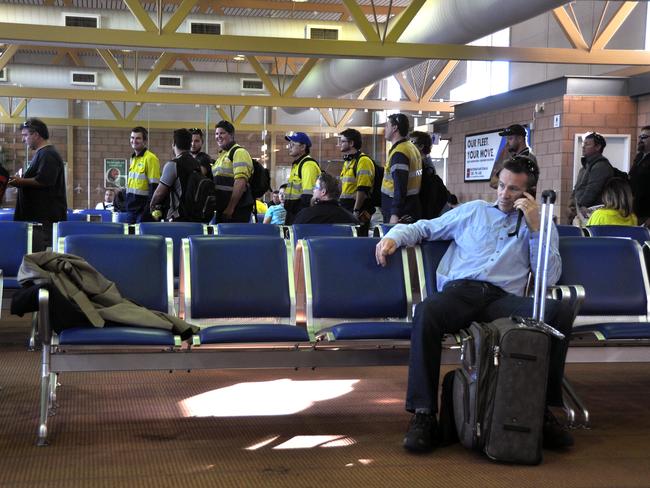
But while they’re crying out for more migrants, regional towns are facing even greater housing pressures than the big cities.
Regional vacancy rates more than halved in the five years to February 2024 to 0.8 per cent, according to Domain, and rents have skyrocketed.
In Karratha, 240 kilometres southeast of Port Hedland, rents are already among the highest in the country at $1100 per week — nearly double that of Perth.
The Pilbara’s only city, which had a population of around 22,000 as of the 2021 Census, faces a looming accommodation shortage with new projects tipped to add up to 7500 residents in coming years.
“It’s not unusual for us to interview a great, well-qualified person who’s interested in moving to the regions, for them to be successful in seeking the job but they’re not able to take it because they simply can’t find housing,” Anglicare northwest manager Carina Cooke told the ABC in December.
“It’s not even just about it being affordable housing, they just can’t get housing at all.”
RCA said in its budget submission that “all members have noted that local businesses are unable to recruit staff because they are unable to secure housing, which in turn limits capacity to deliver services, projects, or events”.
“Some members have stated businesses are reluctant to invest in their region without certainty that they can secure the construction and operational staff required for their projects,” it added.
Doug Curran, Mayor of the breadbasket town of Griffith in western NSW’s Riverina region, agreed it was a “Catch-22”.
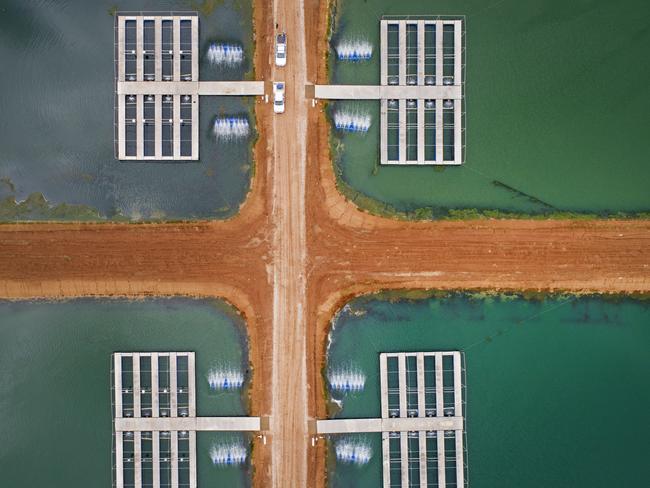
“The big issue we’ve got at the moment is people don’t want to come out here, and if they do we’ve got nowhere to house them,” he said. “It’s a bit of a Catch-22. Every single regional city we talk to says exactly the same thing.”
Some states are making moves to address the regions’ concerns.
The WA government announced in September $5.3 million in funding for regional worker accommodation, including $2.34 million for 82 new dwellings in Karratha.
But Mr Curran said Griffith and other regional NSW towns had largely been overlooked in the state government’s $650 million affordable housing plan.
“When we look at the targets federal and state governments have set for housing, they’re trying to jam more people into western Sydney, putting more pressure on the metropolitan areas,” he said.
“We feel that were being ignored. Go to Perth, Melbourne, Adelaide, Sydney, look at the pressure they’re under with roads [and infrastructure]. We need the workers just as much as they do if not more out here.”
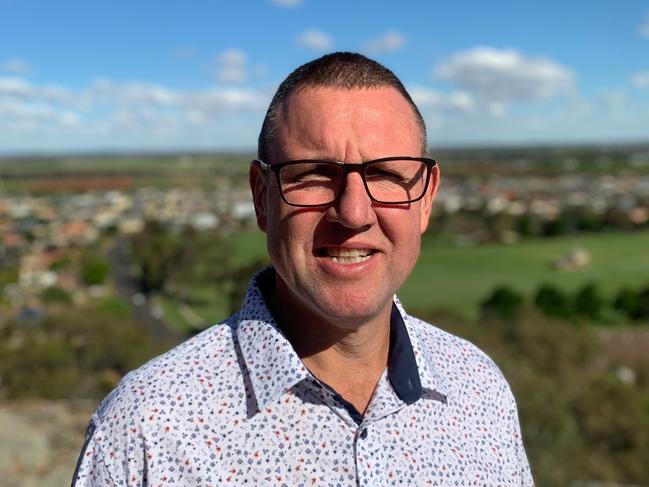
On any given day, Griffith’s top three employers alone are 200 workers short.
“You need 200 houses, give or take,” he said. “We need social, affordable and private, we’ve got to have that whole gamut. It’s just an ongoing issue, as much as we try to look for some innovative ways to overcome it, we need support. There’s no one fix, we’re saying it needs to be bespoke. Each area needs to come up with the solution, whether it’s funding, crown land, any of those things.”
The chronic worker shortage, which includes things like builders and engineers, had been growing for some time but was “supercharged” by Covid, which saw backpackers leave in droves.
“The federal government handled it quite badly, now we’ve got this huge hangover,” he said. “It’s regional NSW, it’s affecting every single state.”
Mr Curran warned the situation was dire for the region, which produces $2.3 billion worth of GDP.
“We process three million chickens a week out here, Griffith provides 75 per cent of the wine made in NSW, a third of the citrus, we have a harvest nearly every month of the year — grapes, rice, cotton, navels,” he said. “There’s a huge amount of work.”
Mr Carter said regardless who won the election “the immigration policy at the moment, they’ve got it all wrong”.
“They need to tear it up and start again,” he said.
Originally published as ‘We need this influx’: Regional towns beg for more migrants — and more houses for them to live in



